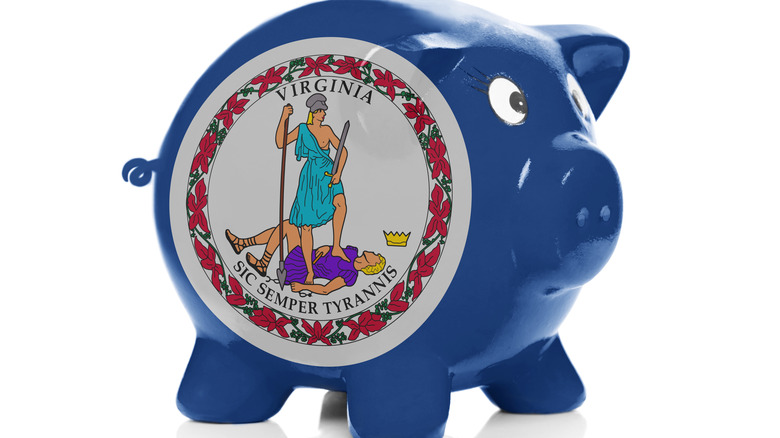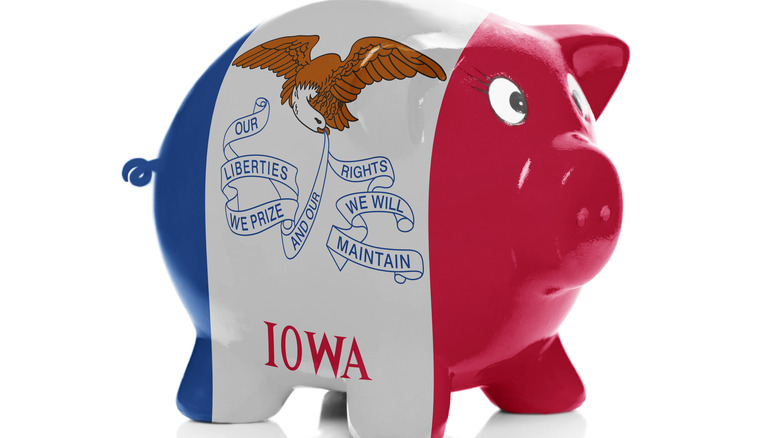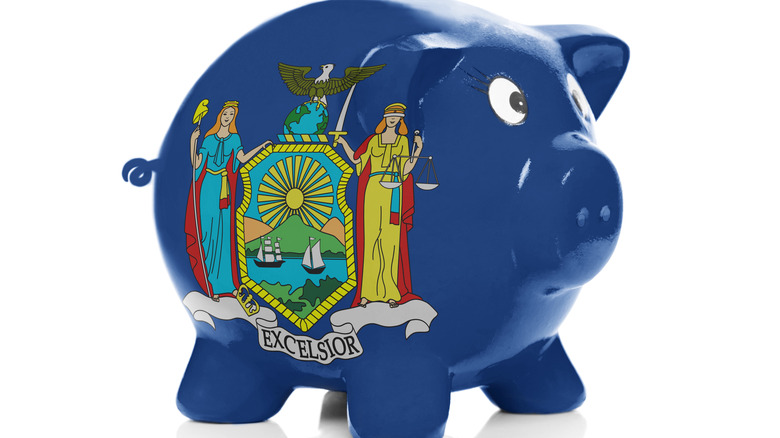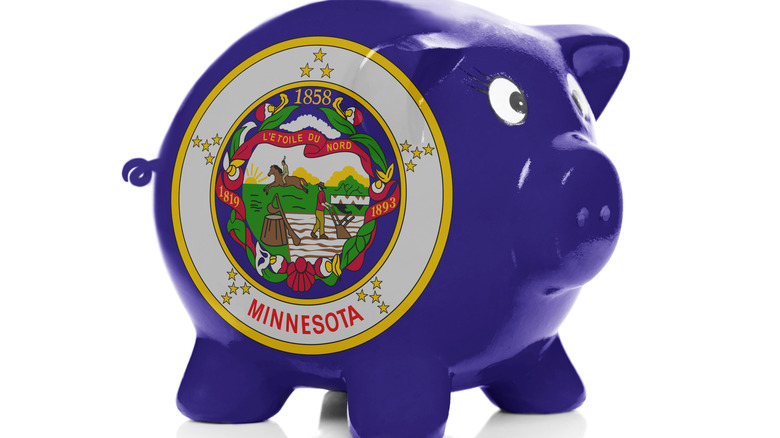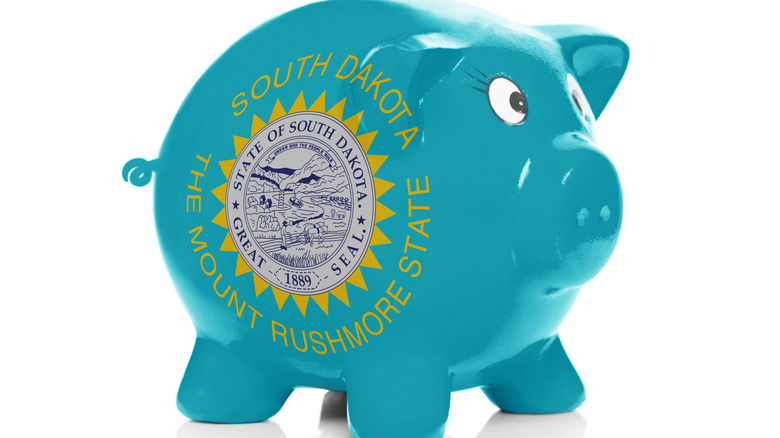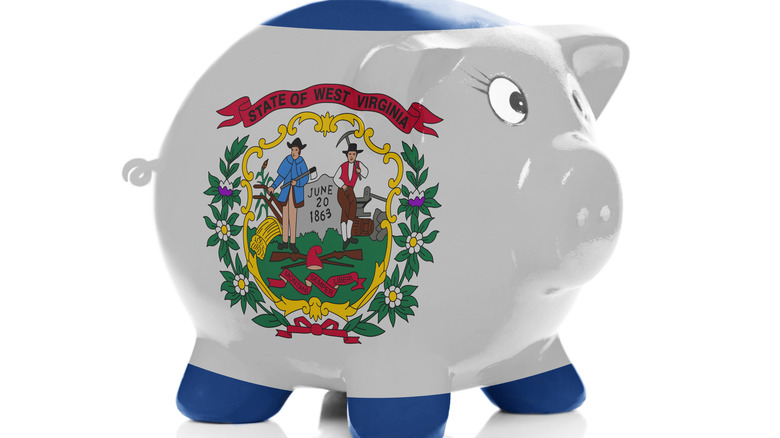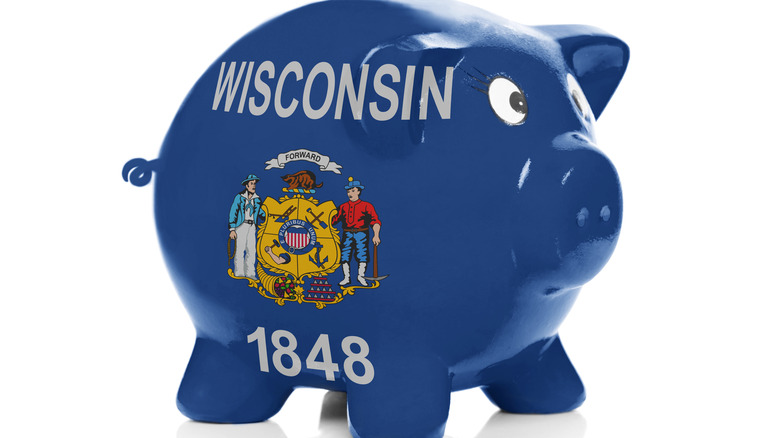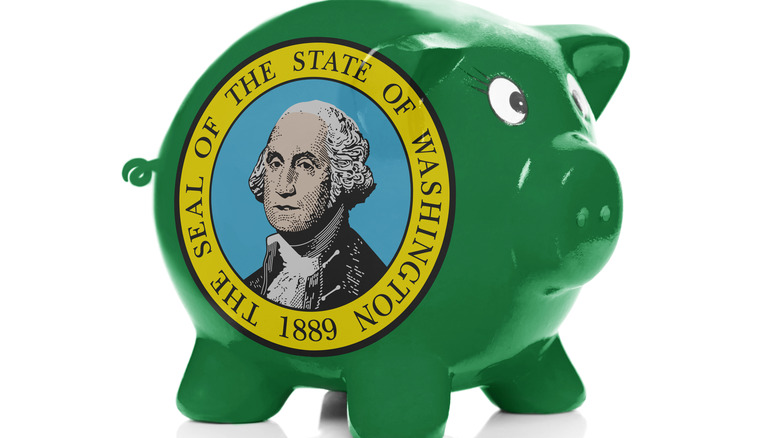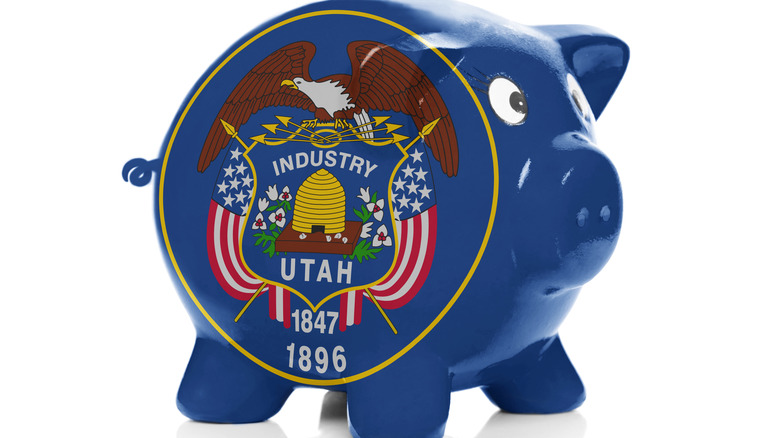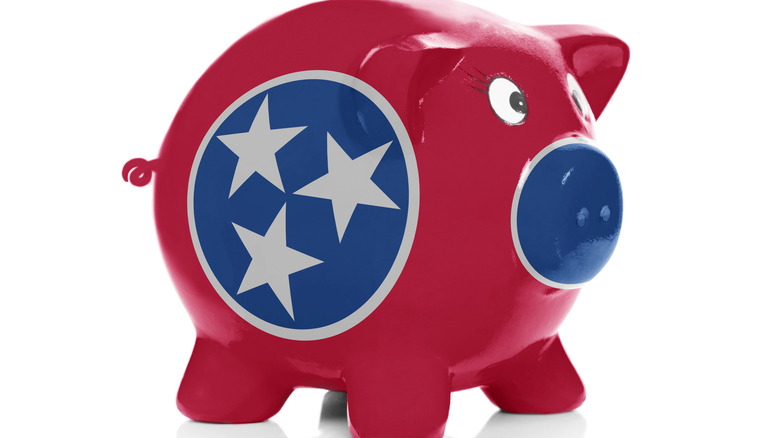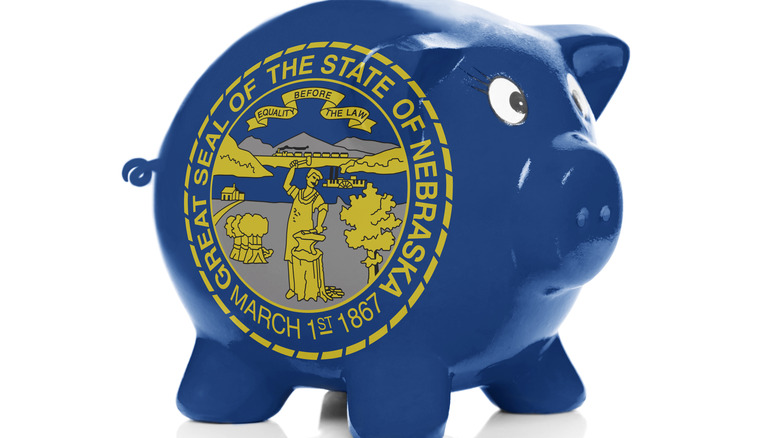These 11 US States Have The Best Pension Plans
For much of the 20th century, pensions were the main way Americans prepared for retirement. A pension is a defined benefit plan in which the employer promises a set benefit at retirement, usually based on salary history and years of service. This gave families greater peace of mind, knowing they would have income for life. Pensions peaked in the early 1980s, when more than half of private‑sector workers had access to one. Today, only about 15% do, according to the U.S. Bureau of Labor Statistics. Over the past 40 years, many companies have dropped pensions because they are costly and have replaced them with defined contribution plans like 401(k)s and 403(b)s, which shift responsibility to workers.
About 86% of state and local public employees, teachers, firefighters, police officers, and government workers still rely on pensions. Public systems pool contributions from workers and employers, invest them, and pay benefits over time. The key question is whether these pensions are financially secure. Experts measure this with the funded ratio, which compares assets to liabilities. A ratio of 100% means the system can cover all promised benefits; above 100% means overfunded; below 100% means underfunded. Generally, a funded ratio of 90% or higher is considered healthy.
In 2024, several states stood out with strong pension systems, thanks to disciplined contributions, smart investments, and innovative strategies that share risk between workers and employers. According to Equable, based on 245 of the largest state pensions, the average funded ratio for public pensions rose from 75.5% in 2023 to 80.2% in 2024, boosted by strong markets. However, unfunded liabilities are high, estimated at $1.37 trillion. This is the 18th in a row that the national average has been below the 90% resilience threshold. The states listed below have statewide and local pension plans above 90%.
11. Virginia - 90.8% Funded
Virginia ranks 11th with an overall funded ratio of 90.8%. The state's total unfunded liabilities are over $12.5 billion. Of the six major pension funds, four exceed the 90% threshold. Virginia's pension system is managed by the Virginia Retirement System (VRS). Virginia's pension system is in better shape than most states due to steady contributions and smart investment choices. In the last fiscal year, returns were nearly 10%, well above the long‑term target of 6.75%, pushing assets to a record $122.8 billion. Their performance has consistently met or exceeded benchmarks over one-, five-, and ten-year periods.
By diversifying and spreading investments across many different asset classes, Virginia's pension system has stayed strong even when markets go up and down. On top of that, VRS's active investment managers have earned billions more than a simple "buy and hold" strategy, resulting in Virginia's four biggest pension plans being funded above 90%.
10. Iowa - 91.6% Funded
Iowa ranks 10th with an overall funded ratio of 91.6%. The state's total unfunded liabilities are about $4.3 billion. Of its two major pension funds, Iowa has its largest above the 90% threshold. The Iowa Public Employees' Retirement System (IPERS) manages the state's funds. This single system covers a wide range of workers, including teachers, city employees, county staff, and state workers. The Iowa State Treasurer manages Iowa's retirement plans. The state passed pension reforms in 2010 that has helped IPERS reduce its debt and raise its funding level to 90.75% at the end of fiscal year 2024, up from 89.70% in 2023, indicating the state is still on the right path. This is the highest level the system has reached in more than 20 years, and employees stand to benefit from this security. The last time IPERS was this strong was in 2002, when the ratio was 92.6%.
9. New York - 92.8% Funded
New York ranks 9th with an overall funded ratio of 92.8%. The state's total unfunded liabilities are about $51 billion. Of its eight major pension funds, five exceed the 90% threshold. New York has one of the largest and most complex pension systems in the country. It includes both state-level systems and separate New York City systems. Despite this complexity, New York still ranks in the top 10. The New York State Comptroller is the sole trustee and manager of the New York State Common Retirement Fund, which invests and oversees the assets of the New York State and Local Retirement System.
The New York State Common Retirement Fund ended the 2024 fiscal year with $267.7 billion in assets after earning an 11.55% return. Despite paying out over $16 billion in benefits last year, the Fund grew thanks to strong investment performance. By investing in a wide range of assets and receiving steady contributions from state and local governments, this system has remained one of the best‑funded public pensions in the country. It now provides reliable retirement income for more than one million members.
8. Minnesota - 93.2% Funded
Minnesota ranks 8th with an overall funded ratio of 93.2%. The state's total unfunded liabilities are about $7 billion. Of its five major pension funds, three exceed the 90% threshold. The Minnesota State Retirement System (MSRS) is managed by a Board of Directors, with the Minnesota State Board of Investment (SBI) overseeing its investments.
Minnesota's public pension funds have performed well because the SBI's diversified portfolio has consistently delivered strong results, earning a 12.3% return in fiscal year 2024 and an 8.3% annualized return over the past decade. By spreading investments across U.S. and international equities, bonds, real estate, private equity, and alternatives, the SBI has reduced risk while capturing growth. Its active management approach has helped the funds outperform their benchmarks for Minnesota's retirement systems.
7. South Dakota - 100.0% Funded
South Dakota ranks 7th with an overall funded ratio of 100.0%. The state's total unfunded liabilities are zero and its largest pension fund is fully funded at 100%. South Dakota has a single, centralized retirement system under the South Dakota Retirement System (SDRS). South Dakota's pension system is one of the strongest in the country because the South Dakota Investment Council (SDIC), which manages its investments, has delivered excellent investment results over many years. The state also ensures the system can operate on fixed contribution rates by using tools like variable benefits that can be adjusted as needed.
South Dakota only allows new benefit increases when the plan is funded above 120%. If funding levels drop, state law requires leaders to increase the funded ratio. These rules keep the system disciplined and protect long‑term retirement security.
South Dakota's leaders also focus on careful planning, setting clear goals, managing risks, and openly sharing results. The state has a formal contingency plan to guide investment and financial decisions regardless of market conditions. Just as important, the pension system has strong support from both the Governor's office and the Legislature, which helps keep it stable and secure for the future.
6. West Virginia - 100.4% Funded
West Virginia ranks 6th with an overall funded ratio of 100.4%. The state's total unfunded liabilities are about $-81 million (a surplus). Of its two major pension funds, one is overfunded at 111.1% and the other at 92.6%. The West Virginia Consolidated Public Retirement Board (CPRB) manages the state's retirement systems, while the West Virginia State Investment Board (WVSIMB) manages the investment assets for these plans.
West Virginia's pension system has experienced a remarkable turnaround. At the start of the 2000s, the state was billions in debt and had the lowest funded ratio in the country. Leaders responded with major reforms, steady contributions, and an aggressive plan to pay down debt. In 2014, West Virginia had $5.2 billion in unfunded pension liabilities. By 2021, that number dropped to less than $500 million. In just seven years, West Virginia closed 90% of its funding gap, lifting the state's overall funded ratio above 100%.
5. Wisconsin - 102.1% Funded
Wisconsin ranks 5th with an overall funded ratio of 102.1%. The state's total unfunded liabilities are about –$3 billion (a surplus). While only one of its three major pension funds is overfunded, it is significantly larger than the other two, driving the state's strong overall position.
Two main groups run the Wisconsin Retirement System (WRS). The Department of Employee Trust Funds (ETF) manages member accounts and benefits, while the State of Wisconsin Investment Board (SWIB) is responsible for managing the investments. The WRS has $140 billion in assets and nearly 692,000 participants.
The WRS uses a hybrid design that combines features of a traditional pension and a 401(k)‑style plan. Each year, an independent actuary sets contribution rates, and both employees and employers pay their full share. This prevents the state from deferring costs into the future. WRS also spreads risks and costs. Retirees share some of the investment risk through variable post‑retirement adjustments, which can rise or fall depending on market performance. By keeping benefits modest, using realistic return assumptions, and balancing future assets and liabilities, WRS remains sustainable and financially sound.
4. Washington - 102.5% Funded
Washington ranks 4th with an overall funded ratio of 102.5%. The state's total unfunded liabilities are about –$3.9 billion (a surplus). Of its 10 major pension funds, seven are at or above 90%. The Washington Department of Retirement Systems (DRS) manages the state's retirement plans, and the governor appoints its director. The Washington State Investment Board (WSIB) manages the system's investment assets.
Washington's public pension system is one of the strongest in the country because the WSIB has managed the funds with discipline and long‑term planning. The state also makes sure contributions are paid on time, which has helped the funds grow steadily and deliver strong returns.
Lawmakers also require that benefits be fully funded as workers earn them, so future taxpayers are not left with the bill. Earlier this year, lawmakers passed Senate Bill 5357, which raised the expected rate of return on pension investments from 7% to 7.25%. This change allowed the Legislature to avoid putting additional money into the pension system while keeping the level of unfunded liability unchanged.
3. Utah - 104.2% Funded
Utah ranks 3rd with an overall funded ratio of 104.2%. The state's total unfunded liabilities are a surplus of about $2 billion. All eight of its major pension funds are above 90%, with six above 100%. The Utah Retirement Systems (URS) manages the Utah state retirement system, administering both pension and retirement savings plans for state, local government, and public education employees. Utah's pension funds are considered among the best‑funded in the nation because of disciplined contributions, strong investment performance, and a 2011 bill that created a hybrid plan.
New employees after 2011 enter a hybrid plan that combines a smaller defined benefit pension with a 401(k)‑style account. This setup provides steady retirement income while also letting employees grow extra savings through investments. Employees and employers also share responsibility for contributions. These changes reduce both long-term costs and risk for the state.
The URS manages eight defined benefit plans and four savings plans, serving about 200,000 participants and 470 employers. Employer contributions cover both the normal cost of benefits and amortization of liabilities, ensuring obligations are met without delay. Investment income accounts for about 64% of pension funding, and a diversified portfolio is designed to limit losses in downturns.
2. Tennessee - 107.9% Funded
Tennessee ranks 2nd with an overall funded ratio of 107.9%, making it one of the best‑funded systems in the nation. The state's total unfunded liabilities are about -$5.3 billion (a surplus). All three of its major pension funds are above 100% with the highest at 113.3% and the lowest at 103.5%.
The Tennessee Consolidated Retirement System (TCRS) oversees the state's pension system. The day-to-day administration, including investment management, is handled by the Tennessee Treasury Investments Division. The TCRS manages retirement benefits for over 375,000 teachers, state employees, and local government workers, with assets of about $75 billion. The system's success comes from steady contributions, careful investing, and rules that prevent lawmakers from skipping payments or over‑promising benefits.
In the last fiscal year, TCRS earned a 10.06% investment return, beating its long‑term goal of 6.75%. That strong performance helped keep the system more than 100% funded. In addition, the state requires consistent employer and employee contributions, avoids deferring obligations, and uses a hybrid plan design for newer employees to reduce long‑term risk.
1. Nebraska - 108.5% Funded
Nebraska takes the top spot in the nation with an overall funded ratio of 108.5%. The state's total unfunded liabilities are about -$1.6 billion (a surplus). Two of its four major pension funds are above 100% with its largest fund at 108.5% and the other one at 113.8%. The Nebraska Public Employees Retirement Systems (NPERS) manages Nebraska's state retirement systems under the direction of the Public Employees Retirement Board (PERB). The Nebraska Investment Council (NIC) is responsible for managing the investments for many of these retirement plans.
Nebraska runs one of the most unique public pension systems in the country. In 2002, it became the first state to introduce a cash balance plan for state and county workers, replacing its old defined contribution system. Under this design, both employees and employers pay into the plan, and each worker has an account that grows every year with guaranteed "interest credits." By law, members earn at least 5% growth each year, or more if the federal mid‑term rate plus 1.5% is higher. At retirement, workers can choose to take their balance as a monthly lifetime payment (like a pension) or as a lump sum (like a 401(k)).
This hybrid structure blends the security of a pension with the flexibility of a savings plan. It also limits long‑term risks for taxpayers because benefits grow at a steady, predictable rate. Nebraska has never skipped its required contributions, and the NIC has produced stable investment returns. Together, these factors have helped Nebraska's retirement system maintain surpluses and have the top-funded pensions in the country.

